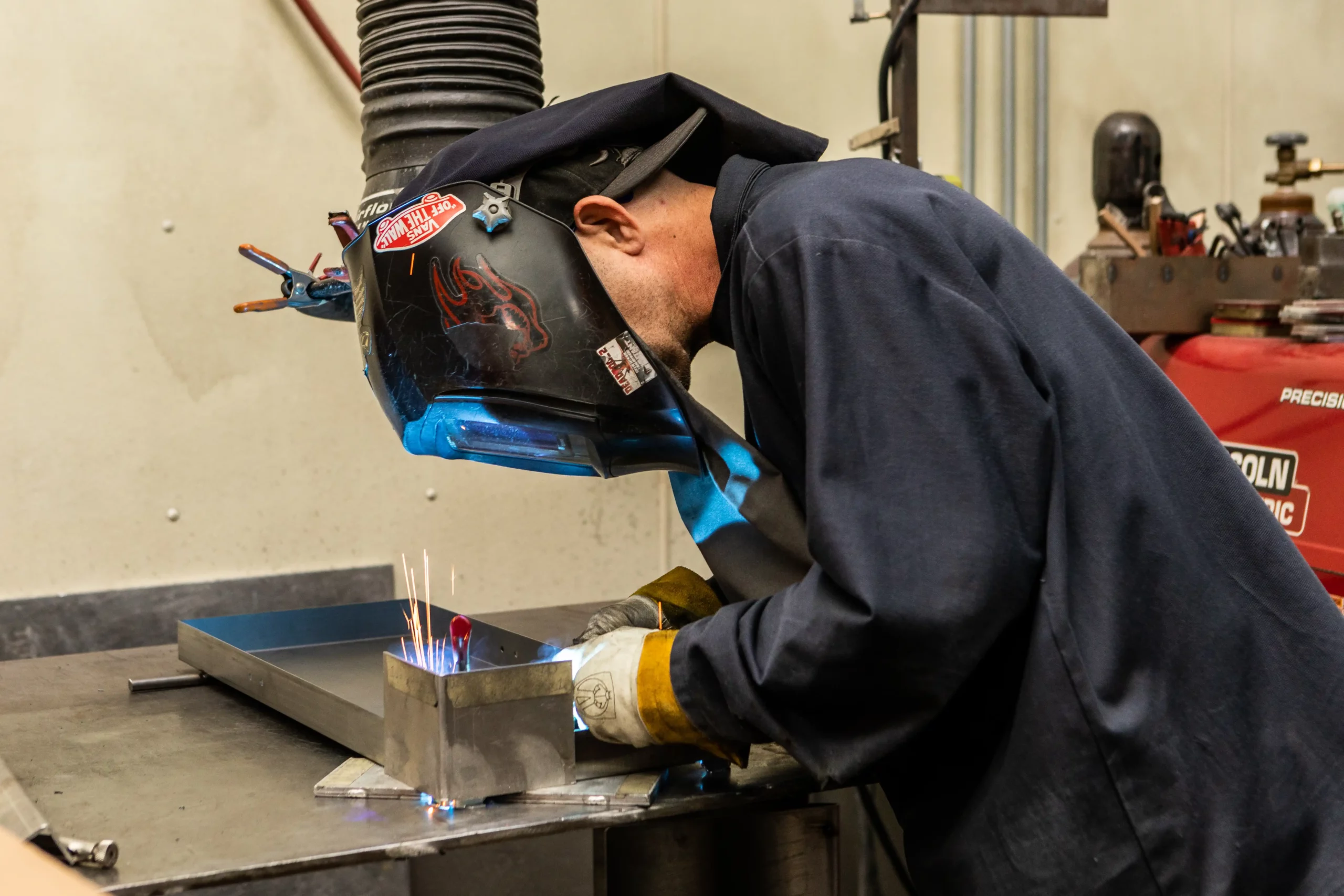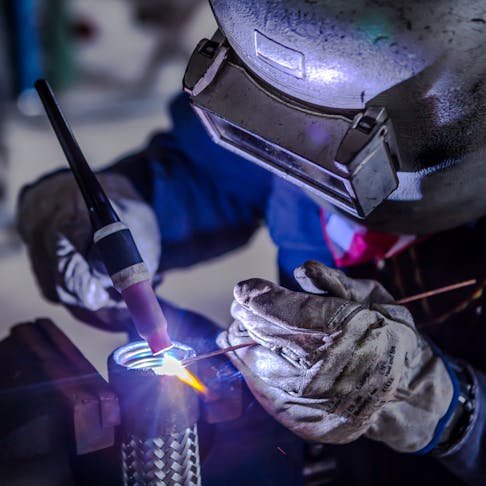Advanced Welding WPS: Customizing Specs for Complex Projects
Advanced Welding WPS: Customizing Specs for Complex Projects
Blog Article
The Ultimate Overview to Welding WPS Procedures: An Extensive Review for Welders
In the intricate world of welding, Welding Procedure Specs (WPS) function as the foundation of guaranteeing quality, uniformity, and security in welding procedures. Understanding the nuances of producing, implementing, and monitoring WPS procedures is vital for welders wanting to elevate their craft and fulfill industry requirements. As we look into the various components of a WPS and explore the complexities of credentials and qualification, we will uncover the crucial role these treatments play in the world of welding. Allow's start a journey to decipher the intricacies and value of WPS treatments in welding practices.
Relevance of WPS Procedures
Recognizing the relevance of Welding Procedure Specifications (WPS) procedures is important for making sure the top quality and honesty of bonded structures. WPS procedures serve as a roadmap for welders, detailing the needed actions, parameters, and materials called for to accomplish an audio weld. By adhering to WPS standards, welders can guarantee consistency in their job, resulting in reputable and structurally sound welds.
One of the primary reasons that WPS treatments are crucial is their duty in preserving weld quality and honesty. Following the specified welding specifications and techniques outlined in the WPS helps stop issues such as porosity, fracturing, or insufficient fusion, which can compromise the stamina and resilience of the weld. In addition, WPS procedures are essential for making sure conformity with market criteria and codes. By adhering to well-known WPS guidelines, welders can show that their job meets the necessary needs for safety and security and high quality, supplying guarantee to clients, inspectors, and regulative bodies. In essence, the relevance of WPS procedures can not be overemphasized, as they are basic to accomplishing regular, premium welds that satisfy industry standards and specs.

Components of a WPS
A Welding Treatment Requirements (WPS) commonly consists of important parts that information the particular needs for executing a weld, ensuring consistency and top quality in the welding process. The crucial elements of a WPS include crucial variables such as base metals, filler steels, interpass and preheat temperatures, welding processes, shielding gases, welding positions, and post-weld warmth treatment demands.
Base metals refer to the products being joined, while filler metals are utilized to load the void in between the base steels during welding. The welding procedure details the specific technique to be utilized, whether it's gas metal arc welding (GMAW), shielded metal arc welding (SMAW), or an additional technique. Welding placements specify the positionings in which welding can be done.

Qualification and Accreditation
Having developed the crucial components of a Welding Treatment Requirements (WPS), the emphasis currently changes in the direction of the essential aspects of certification and certification in welding techniques.

Certification, on the other hand, is the formal recognition of a welder's certifications by a pertinent accreditation body or company. Welding qualifications are usually based upon the certain welding procedures, materials, and placements a welder is qualified to collaborate with. Holding a legitimate welding certification shows that a welder fulfills industry criteria and is proficient to do welding tasks to the needed requirements.
Producing a WPS
To develop a Welding Procedure Specification (WPS) that satisfies sector requirements, mindful consideration of welding procedures, products, and functional criteria is essential. The very first step in producing a WPS is to identify the welding procedure to be used, such as gas steel arc welding (GMAW) or shielded metal arc welding (SMAW)

Applying and Keeping Track Of WPS
Upon finalizing the detailed Welding Procedure Spec (WPS) that diligently information welding processes, materials, functional criteria, and quality control steps, the emphasis moves to efficiently implementing and keeping track of the established procedures. Application entails guaranteeing that all welders entailed in the project are acquainted with the WPS and follow it thoroughly during the welding process. This needs providing adequate training and supervision to ensure adherence to the defined procedures. Monitoring the WPS includes continual oversight to verify that welding activities straighten with the documented specifications. Assessments, screening, and quality assurance actions are important elements of the surveillance procedure to determine any kind of inconsistencies or concerns promptly. Routine audits and evaluations of the welding procedures help in preserving uniformity and top quality throughout the task. Efficient implementation and tracking of the WPS are vital for making certain the stability, stamina, and security of the welded joints, eventually adding to the overall success of the welding project.
Final Thought
Finally, understanding and adhering to Welding Procedure Specs (WPS) is critical for special info welders to make certain high quality, uniformity, and safety in their work. By recognizing the elements of a WPS, acquiring proper credentials and certifications, producing detailed treatments, and applying and monitoring them efficiently, welders can boost their skills and efficiency in welding techniques. Following WPS treatments is crucial for creating high-quality welds and meeting market requirements.
In the detailed globe of welding, Welding Procedure Specifications (WPS) offer as the backbone of making sure high quality, uniformity, and safety and security in welding procedures. The welding procedure outlines the specific technique to be made use of, whether it's gas metal arc welding (GMAW), protected metal arc welding (SMAW), or another approach.To create a Welding Procedure Spec (WPS) use this link that satisfies industry requirements, careful consideration of welding procedures, products, and functional criteria is necessary. The first action in producing a WPS is to determine the welding procedure to be used, such as gas steel arc welding (GMAW) or secured steel arc welding (SMAW)Upon wrapping up the thorough Welding Procedure Specification (WPS) that meticulously information welding procedures, materials, operational parameters, and quality assurance actions, the focus shifts to effectively executing and keeping track of the recognized procedures.
Report this page